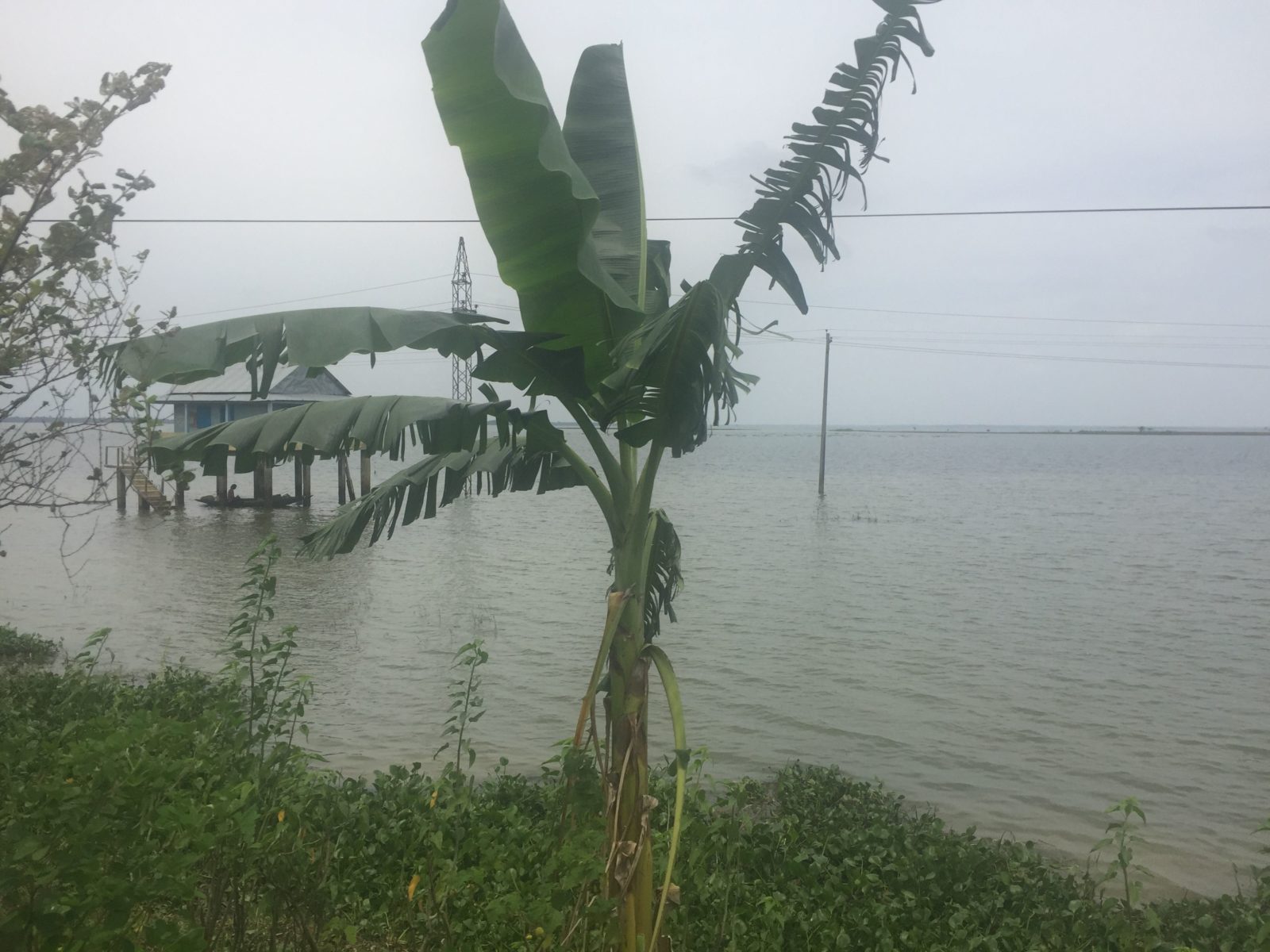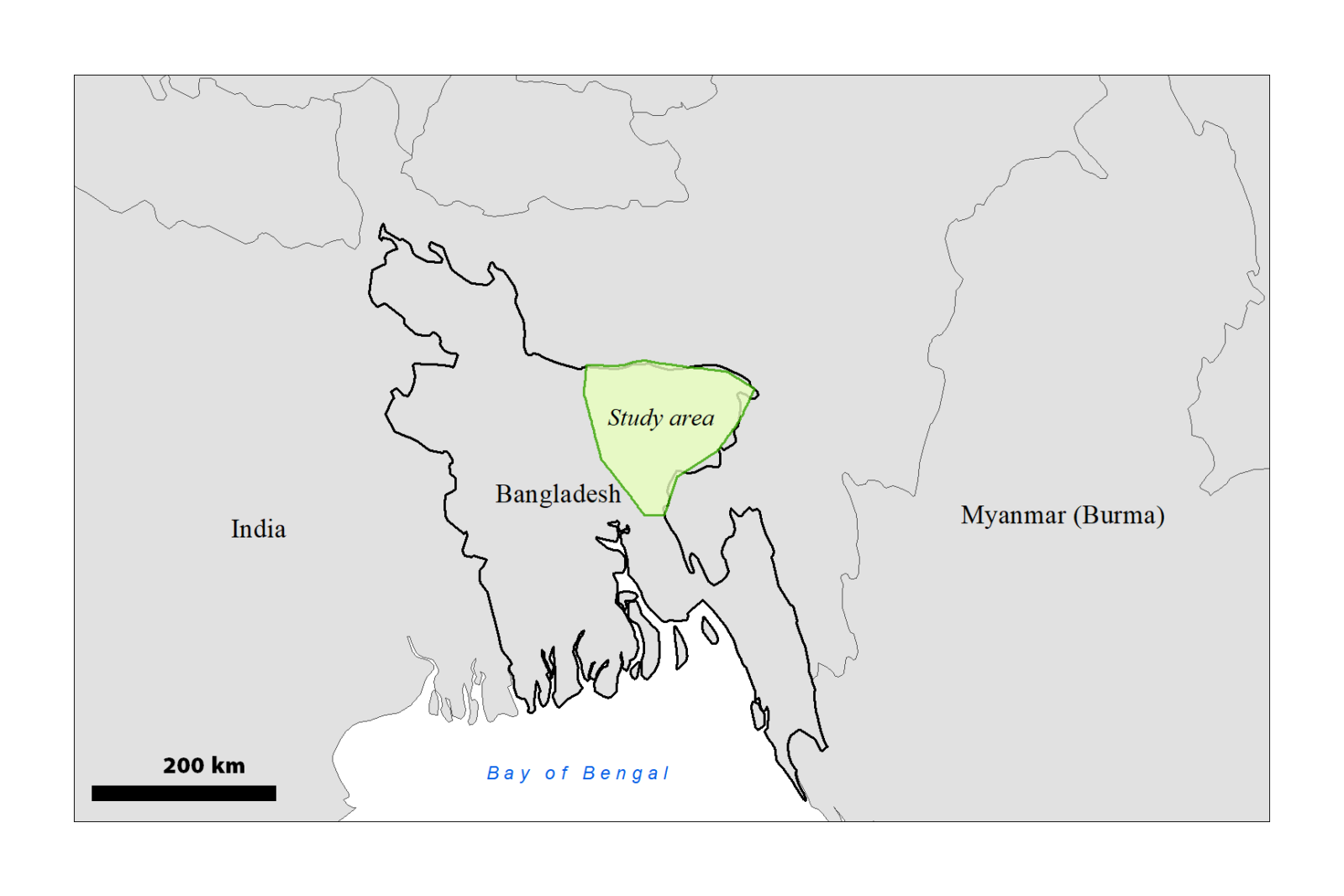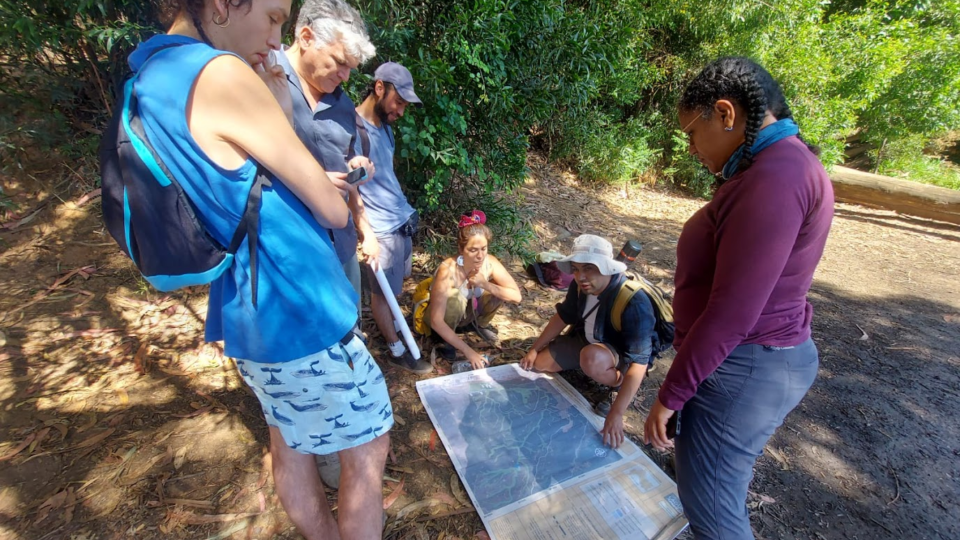What Have We Learned About Lakes in Bangladesh?
 Dekhar Haor in Northeastern Bangladesh
Dekhar Haor in Northeastern Bangladesh
In May of 2019, LOCSS began studying lakes in Bangladesh. These lakes, called haors, are unique among our study lakes in many ways. They are seasonal wetlands that are a major source of water for both rice and fish production, and are therefore extremely important to the people of Bangladesh.
Recently, two of our study lakes, Dekhar Haor and Korchar Haor, were included in a larger research study1 to estimate how the volume of water in northeastern Bangladesh’s haors changed throughout the year. In total, 13 hoars were monitored (Figure 1).
 Figure 1. Map of study area, which includes two LOCSS study lakes in Bangladesh
Figure 1. Map of study area, which includes two LOCSS study lakes in Bangladesh
These haors receive a significant amount of runoff from densely vegetated mountains just across the border in India. They range from nearly dry in April to flooded in July, the peak of monsoon season (Figure 2).
 Figure 2. Map of the study area showing surface water (blue) at different times.
Figure 2. Map of the study area showing surface water (blue) at different times.
The researchers found that in July, at the height of the monsoon season, the haors held roughly 30.9 (±2.0) km3 of water. To put that into perspective, Lake Mead in Arizona holds about 35 km3, so the amount of surface water in this region of Bangladesh in July is enormous!
But the interesting aspect of this story is not just the total amount of water in the region at the height of the rainy season, it is also the amount of change we see in just a few months. The researchers found that the volume of water in these haors increased nearly 400% from May to July of 2019. In May, the haors held roughly 6.5 (±0.4) km3, and in July those same haors held roughly 30.9 (±2.0) km3 of water. This is an increase of about 24.4 km3 of water, which would be enough to fill a 5.5 foot deep lake the size of the state of Connecticut. So the increase in the amount of water from the dry season to the monsoon season in this region is enormous, and being able to quantify this change in such an important resource is vital to the people of Bangladesh.
Additionally, the team found that their estimations of the change in water volume is can be used to determine the water volume change for all haors in the region, not just the 13 that were specifically studied. As a result, the findings will prove to be important in developing water management policies in Bangladesh, as they work to balance the needs of humans and ecosystems in the country.
The goal of the LOCSS project is to better understand changes in lakes, which are an extremely important resource around the world. This research shows how LOCSS data can be used to help make that happen, and illustrates how citizen scientists, local partners, and researchers can work together to achieve that goal.
This is one of a series of posts where we explore what we have learned about our lakes. Other posts include:
What Have We Learned About Our Study Lakes?
What Have We Learned About Lakes In North Carolina?
What Have We Learned About Lakes In Washington?
What Have We Learned About Lakes In Illinois?
- This article is based on findings reported in the following paper:
Ahmad, S. K., Hossain, F., Pavelsky, T., Parkins, G. M., Yelton, S., Rodgers, M., et al. (2020). Understanding volumetric water storage in monsoonal wetlands of northeastern Bangladesh. Water Resources Research, 56, e2020WR027989. https://doi.org/10.1029/2020WR027989
LOCSS News
We share stories about the lakes in our study, our partners and volunteer citizen scientists, as well as interesting results from our research.





